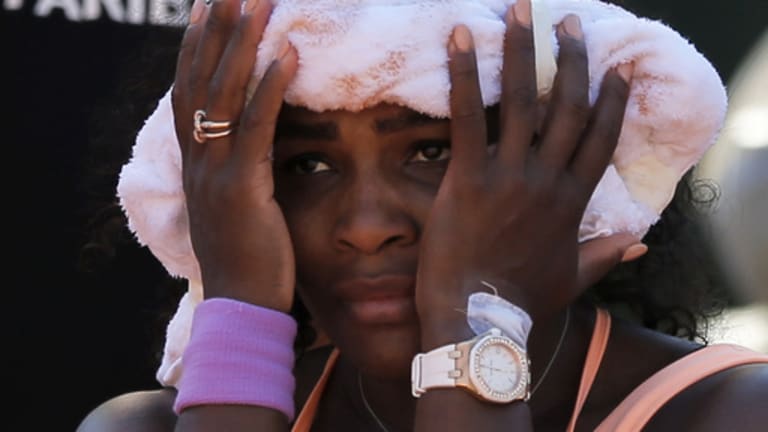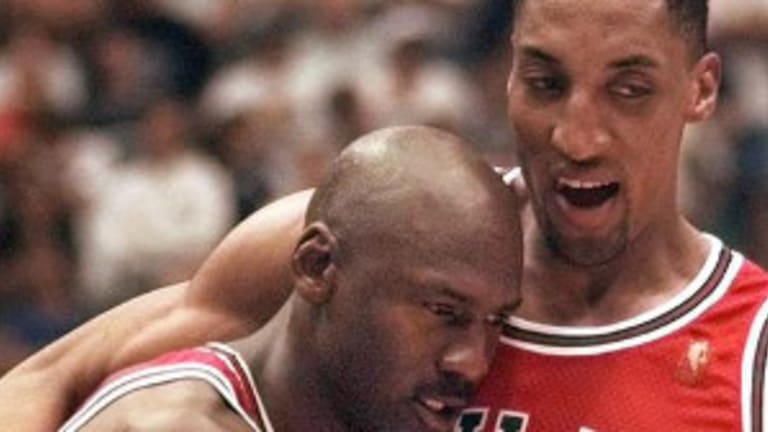“It was nothing to do with me. It was just her tackling her own fears.”
This was the explanation that Lucie Safarova’s coach, Rob Steckley, gave to WTA.com this week when he was asked to explain his player’s recent, belated rise up the rankings. That statement, coming as it did from a Canadian, probably included a fair bit of modesty. But after Safarova’s 7-5, 7-5 semifinal win over Ana Ivanovic on Thursday in Paris, it’s obvious that Steckley was also telling a fair bit of the truth. The 28-year-old Czech reached her first Grand Slam final in 41 tries by conquering her fears just a few minutes after she had caved into them.
Safarova, a 12-year veteran who cracked the Top 10 for the first time this week, had certainly earned the chance. Her draw hadn’t been an easy one, but she had negotiated it without dropping a set. She began with a two-tiebreaker win over Anastasia Pavlyuchenkova, and then beat 2013 Wimbledon finalist Sabine Lisicki in the third round, defending French Open champion Maria Sharapova in the fourth round, and French Open specialist Garbine Muguruza in the quarters. Safarova won by moving forward, doing more with mid-court balls than she typically has in the past, and going after her forehand. As Sharapova said, Safarova took the rallies to her.
Against Ivanovic, though, Safarova began nervously and defensively.
“I was slow on my feet,” said Safarova, who went down 0-3, 1-4, and 2-5 in the opening set, “and Ana was playing well.”
The unintended consequence of Ivanovic’s aggressive early play was that it helped Safarova, who thrives on pace, work herself into a groove. At the start of the first set, Ana was dominating with her forehand; by the end of that set, it was Lucie's inside-out forehand that had taken over.


